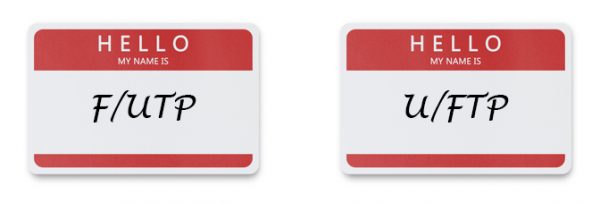We all pay attention to climate change, but have you ever wondered what impact this could have on your IT system? Rarely does the winter month pass when Technical Support Teams does not receive inquiries about the impact of water on one of the most vulnerable parts of IT infrastructure - structured cabling.
Electrical Impact
Water intrusion into a data cable system can severely affect its ability to support high data rate applications. When a cable gets wet, its dielectric characteristics change, including the complex resistance, as a result of which the attenuation and return loss parameters change.
Cable Construction
There is a common misconception that the type of PVC material used to make a standard data cable jacket is waterproof. However, this is not the case and in fact it is hygroscopic (the phenomenon of absorption and retention of moisture inside the material). A similar problem exists with LSZH-sheathed cables.
Outdoor cables are waterproof with barrier tapes and gel fillers, which are expensive and can reduce electrical performance. It is also worth noting that many of these waterproofing gels are based on petroleum derivatives, therefore cables with such gels are not suitable for indoor use as they pose a fire spread hazard.
Severity of Impact
An even greater threat than water ingress through the sheath is the access of liquid to the open end of the cable. The tightly twisted pairs inside the data cable stimulate capillary action, which can draw water a considerable distance into the cable, resulting in maximum degradation of its electrical performance.
Prevention is better than fixing the problem after it occurs
Preventing cables from getting wet is the best measure. Ideally, enterprises with a high risk of liquid exposure to cable infrastructure should consider this aspect at the design stage, however, for already installed networks, there are measures that can be taken to secure cable lines.
- Install the cable in the false ceiling space.
- Cable routing is worth considering: the mesh cable tray provides better drainage in the event of water ingress, but a fully enclosed metal conduit provides better protection in the event of a minor leak.
- This may seem obvious, but still, remember - try not to place points with a high concentration of cable near damp rooms or near other areas with the presence of moisture. Do not run sewer pipes through such points and do not place kitchens or washrooms near them. Try to avoid placing telecommunication or cross-country rooms in basements, especially if there is a river or high water table nearby!
- If separation is not possible, consider elevating the cabinets and racks and connecting all utilities to them from above, if possible add isolation walls or baffles to contain flood water.
- When connecting outdoors, use cables designed for this purpose with waterproof tape and gel filling.
Conclusion
Cables that have penetrated by capillary action through the open end must always be replaced. Cables that have been exposed to strong water penetration through the sheath (hygroscopic effect) may also need to be replaced. Test your network thoroughly and check with your trusted component manufacturer or installer.
Clinton Quintero is a Certified Dream Analyst, Psychic Advisor, Journalist, Syndicated Columnist, Author, Dream Therapist, Mentor and Spiritual Entrepreneur. Uncover the hidden meaning of your dreams with him. .
Leave a reply
Your email address will not be published. Required fields are marked *Recent post

What is a Data Center and Why is it so Needed?

What Does U/FTP or F/UTP Means and What is the Difference?
